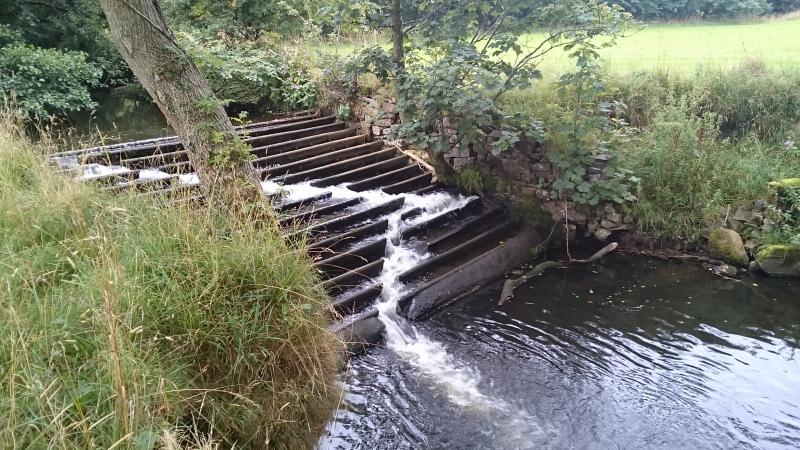'Can I migrate?' is a question that we at WTT often raise on behalf of fish. In most instances, this question is associated with two physical factors. One is whether there is sufficient water in the river for fish to move through; a problem exacerbated in the southern parts of the UK by abstraction pressures. The other is whether there are any barriers or obstacles to free fish passage - and there are usually plenty! But 'Should I migrate or not?' is an interesting one that does not get asked very often. Luckily I know someone who does ask such questions! With great pleasure, I hand over to Kim Birnie-Gauvin from the National Institute for Aquatic Resources at the Technical University of Denmark who is conducting her PhD research within the AMBER project.
Physiology & partial migration: from the free radical theory of ageing to residancy and migration in brown trout....




